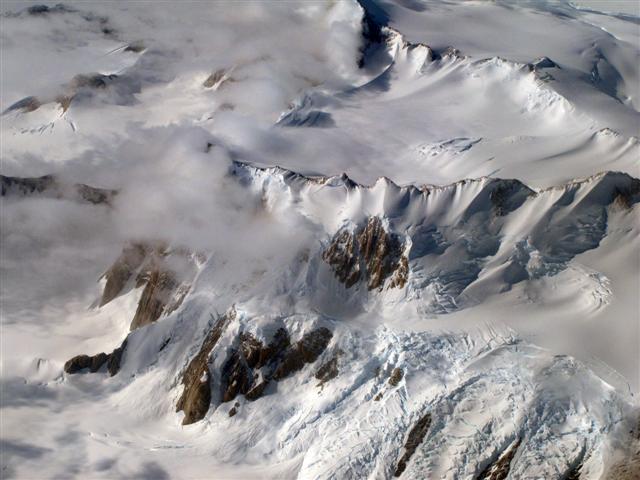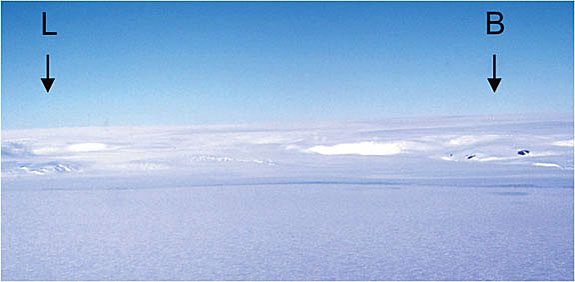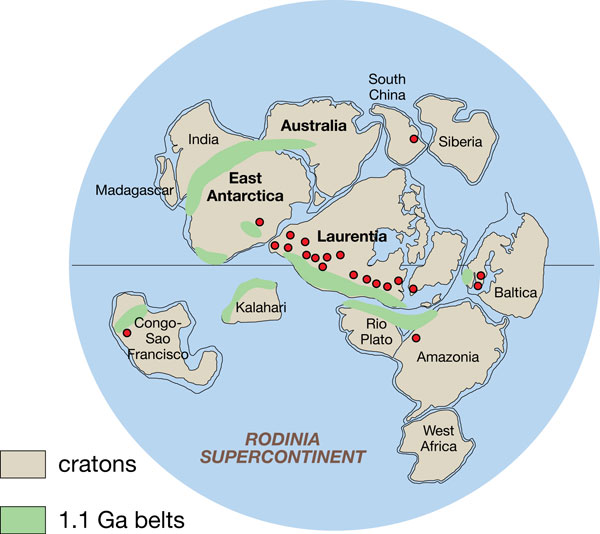Continental connectionResearch paper suggests East Antarctica and North America once linkedPosted August 26, 2011
An international team of researchers has found evidence that parts of North America and Antarctica were connected 1.1 billion years ago. “I can go to the Franklin Mountains in West Texas and stand next to what was once part of Coats Land in Antarctica,” said Staci Loewy, a geochemist at California State University, Bakersfield “That’s so amazing,” added Loewy, lead author of a paper published online Aug. 5 (ahead of print) in the September issue of the science journal Geology. Loewy and her colleagues discovered that rocks collected from both locations have the exact same composition of lead isotopes. Earlier analyses showed the rocks were the same age and had the same chemical and geologic properties. The find offers further evidence for the so-called SWEAT (Southwest United States-East Antarctica) hypothesis. The theory suggests that ancestral North America and East Antarctica were joined in an earlier supercontinent called Rodinia. [See previous article: 'One in a million'.] Loewy and her colleagues — including Ian Dalziel The approximately 1.1-billion-year-old North American Midcontinent Rift System extends from the Great Lakes to Texas. Volcanic rocks associated with the rift are well exposed in the Keweenaw Peninsula of the Upper Peninsula of Michigan from which they take their name, the Keweenawan large igneous province. The rift extends in the subsurface beneath Minnesota, Iowa, Nebraska, Kansas and Oklahoma to the Franklin Mountains near El Paso, Texas where related rocks are exposed. The work also sheds light on ancestral North America’s connections with southern Africa, according to the authors. The Coats Land rocks are identical in age to both the Keweenawan large igneous province of the North American mid-continent rift and the contemporaneous Umkondo large igneous province of southern Africa. Isotopic composition of the rock also provides evidence for the link. The tiny Coats Land block of Antarctica is a “tectonic tracer,” providing critical clues to the geographic relationships between three of the major continents of the planet about a billion years ago, just prior to the opening of the Pacific Ocean basin, the hypothesized Snowball Earth glaciations and the rise of multi-cellular life. |



For USAP Participants |
For The Public |
For Researchers and EducatorsContact UsU.S. National Science FoundationOffice of Polar Programs Geosciences Directorate 2415 Eisenhower Avenue, Suite W7100 Alexandria, VA 22314 Sign up for the NSF Office of Polar Programs newsletter and events. Feedback Form |




